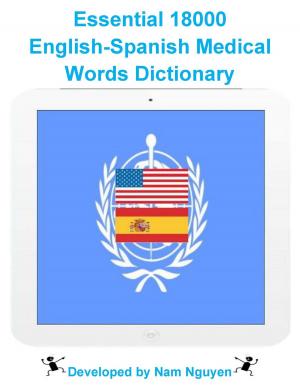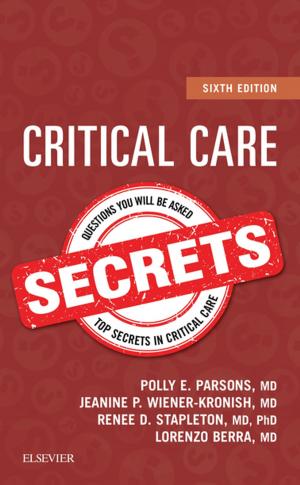Newman's Certified Electronic Health Records Technician Study Guide
Nonfiction, Health & Well Being, Medical, Patient Care, Health Care Delivery, Reference, Health Policy, Education & Training| Author: | xaiver newman | ISBN: | 9781497720305 |
| Publisher: | xaiver Rauf newman | Publication: | September 22, 2013 |
| Imprint: | Language: | English |
| Author: | xaiver newman |
| ISBN: | 9781497720305 |
| Publisher: | xaiver Rauf newman |
| Publication: | September 22, 2013 |
| Imprint: | |
| Language: | English |
As with most other industries, the healthcare field is taking hold of 21st century technology, and changing the way doctors care for their patients. Regulated by the government among healthcare professionals nationwide, electronic health record management is making it easier and more convenient for providers in all facets to improve the coordination of patient care because all healthcare providers can have access to the same information, at the tip of their fingers. Electronic health records (EHRs) capture patients' health information, such as medical history, allergies, laboratory test results, radiology images, and payment, in an electronic form that enables clinicians and other providers to access and share the information across medical specialties or facilities. Heres what you'll learn from this text:
Healthcare delivery systems with a particular focus on content and documentation requirements of the health record.
Hands-on experience using Medcin software simulating admission procedures, information retention and retrieval, data entry and collection, chart assembly, abstracting, code sets and the release of information.
How the EHR supports communication and continuity of care with clinical standards such as SNOWMED CT, LOINC, and UMLS.
Importance of the medical record as a legal document and confidentiality laws.
Code set principles, in particular as they relate to the ambulatory/outpatient setting.
Ways in which the EHR impacts workflow.
As with most other industries, the healthcare field is taking hold of 21st century technology, and changing the way doctors care for their patients. Regulated by the government among healthcare professionals nationwide, electronic health record management is making it easier and more convenient for providers in all facets to improve the coordination of patient care because all healthcare providers can have access to the same information, at the tip of their fingers. Electronic health records (EHRs) capture patients' health information, such as medical history, allergies, laboratory test results, radiology images, and payment, in an electronic form that enables clinicians and other providers to access and share the information across medical specialties or facilities. Heres what you'll learn from this text:
Healthcare delivery systems with a particular focus on content and documentation requirements of the health record.
Hands-on experience using Medcin software simulating admission procedures, information retention and retrieval, data entry and collection, chart assembly, abstracting, code sets and the release of information.
How the EHR supports communication and continuity of care with clinical standards such as SNOWMED CT, LOINC, and UMLS.
Importance of the medical record as a legal document and confidentiality laws.
Code set principles, in particular as they relate to the ambulatory/outpatient setting.
Ways in which the EHR impacts workflow.















